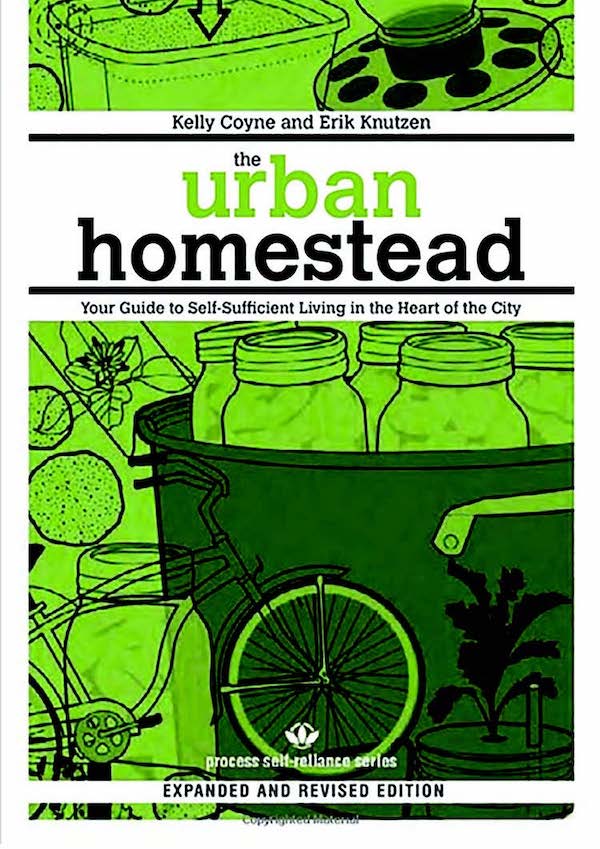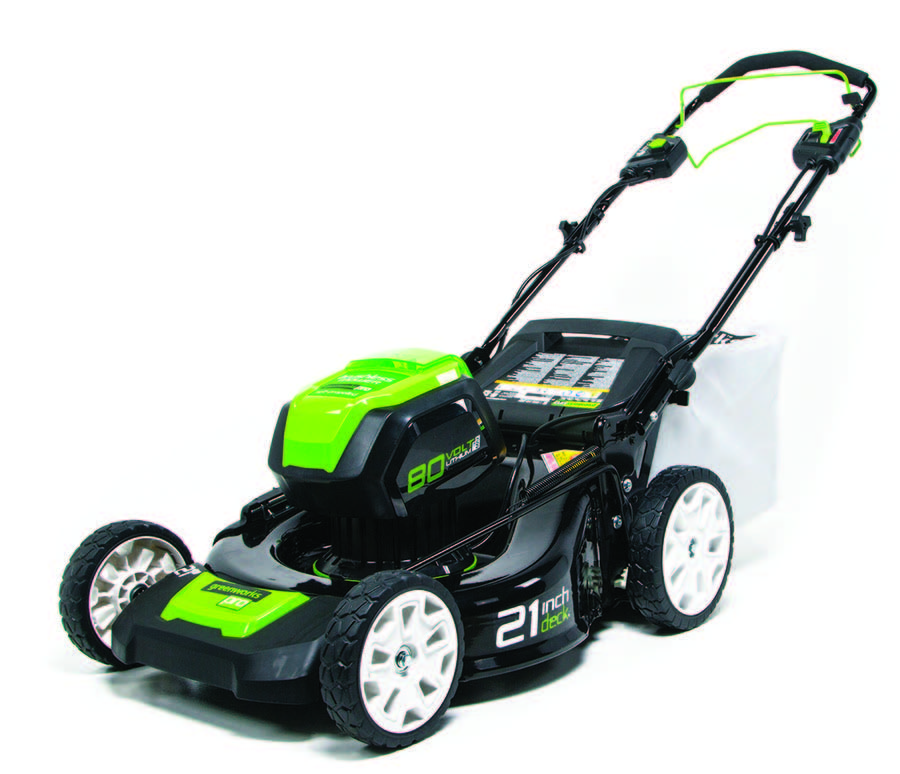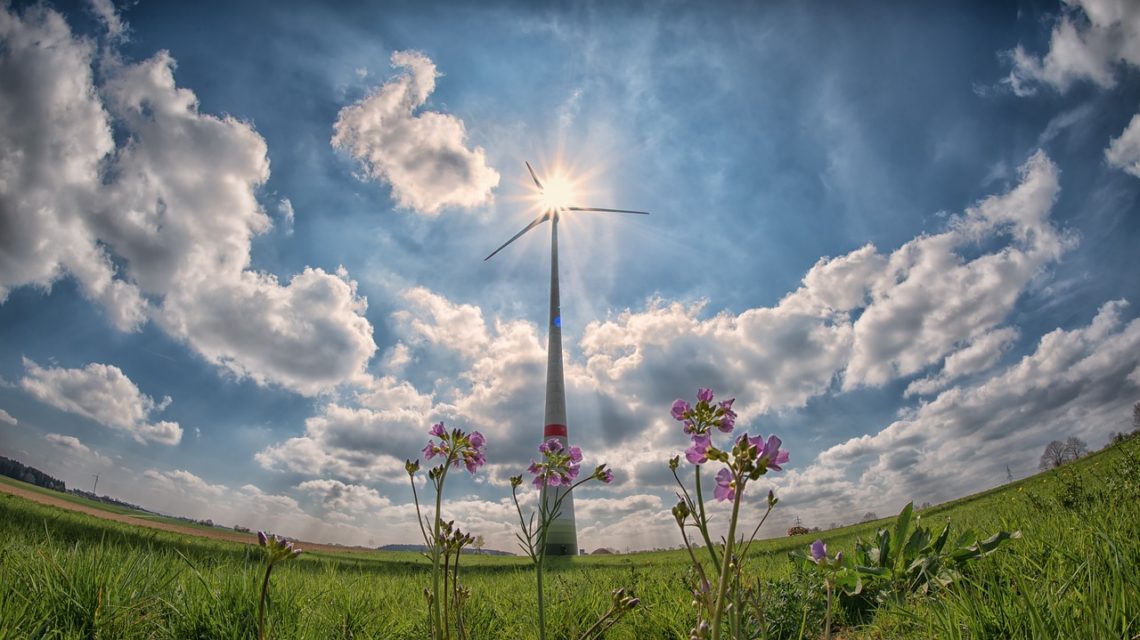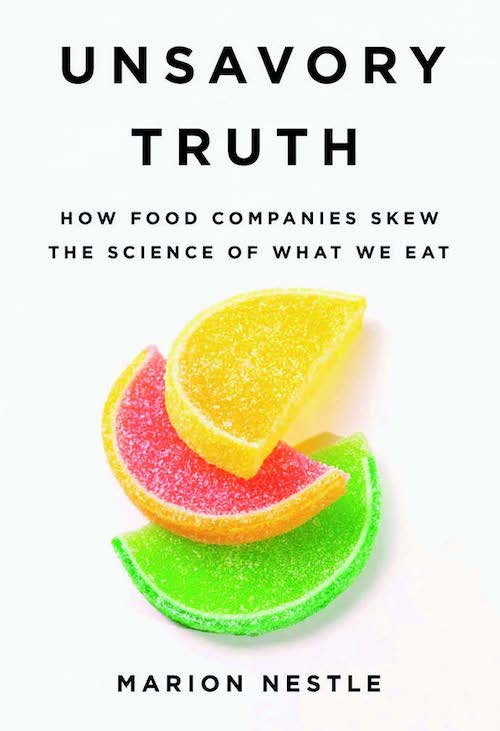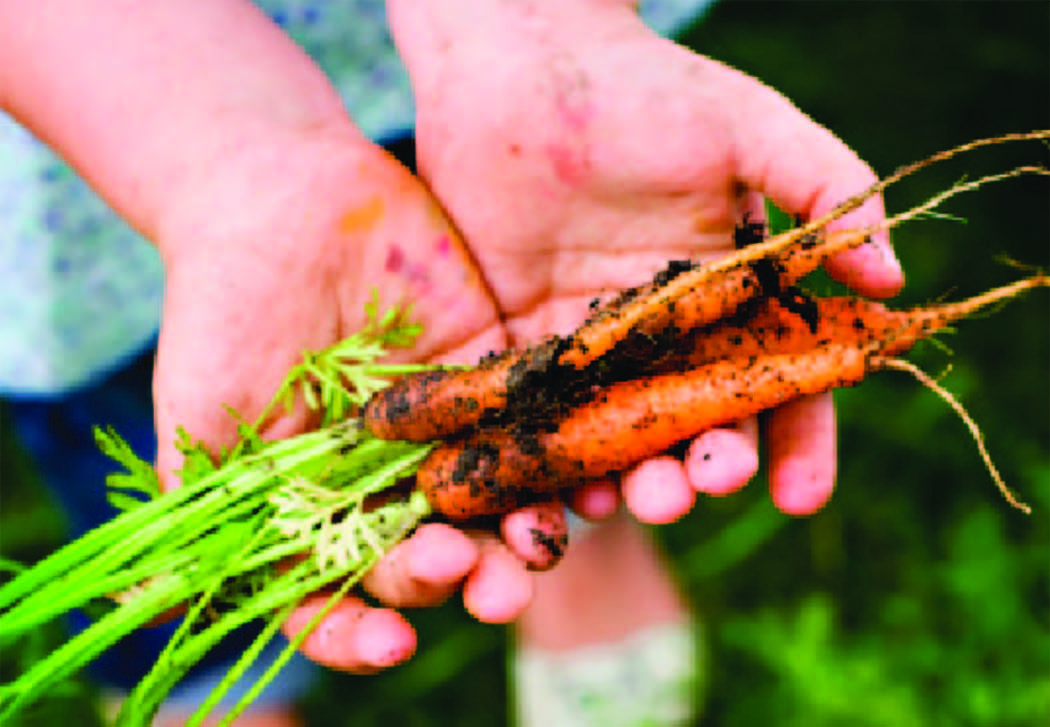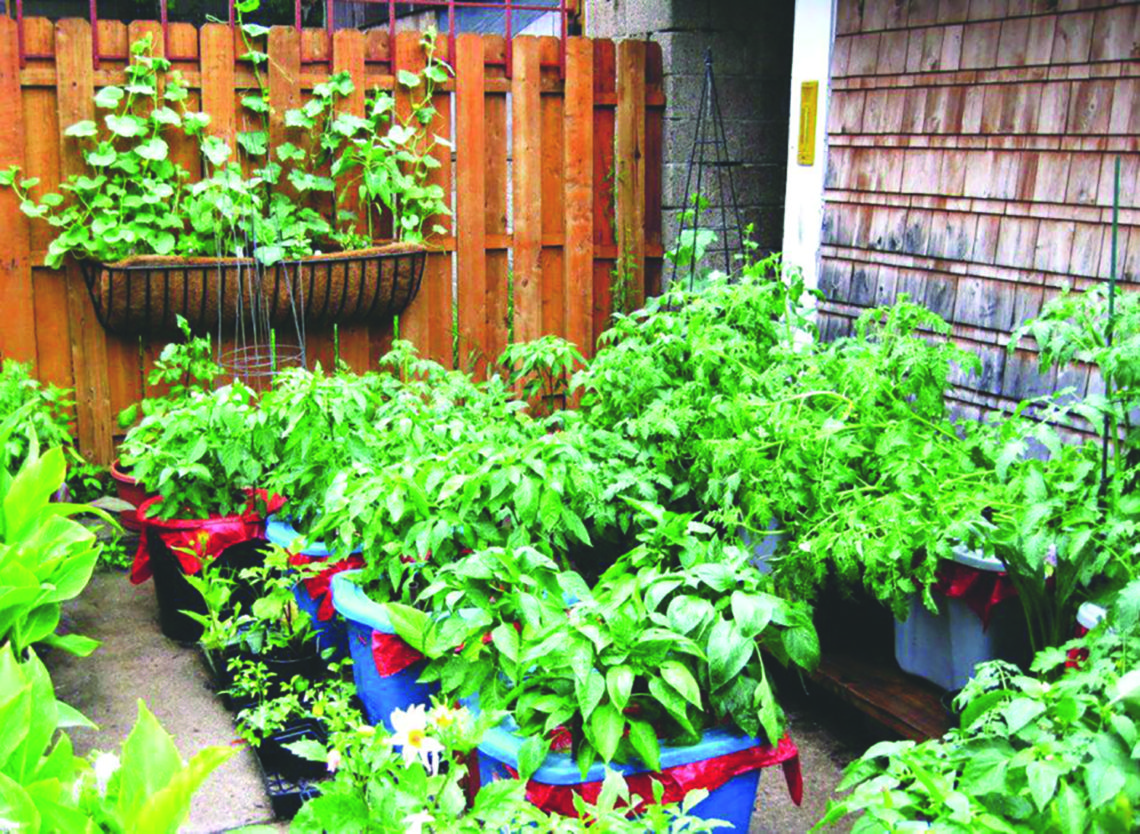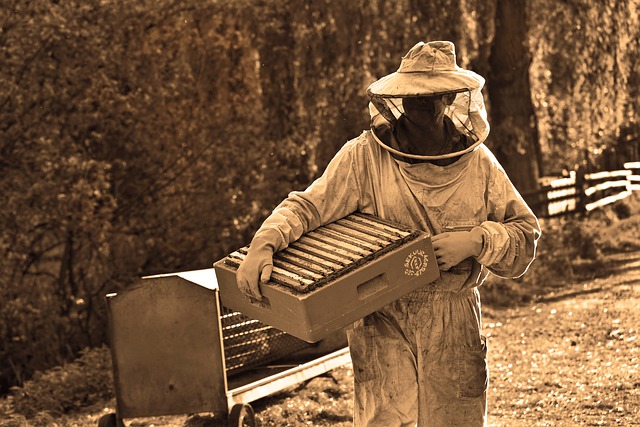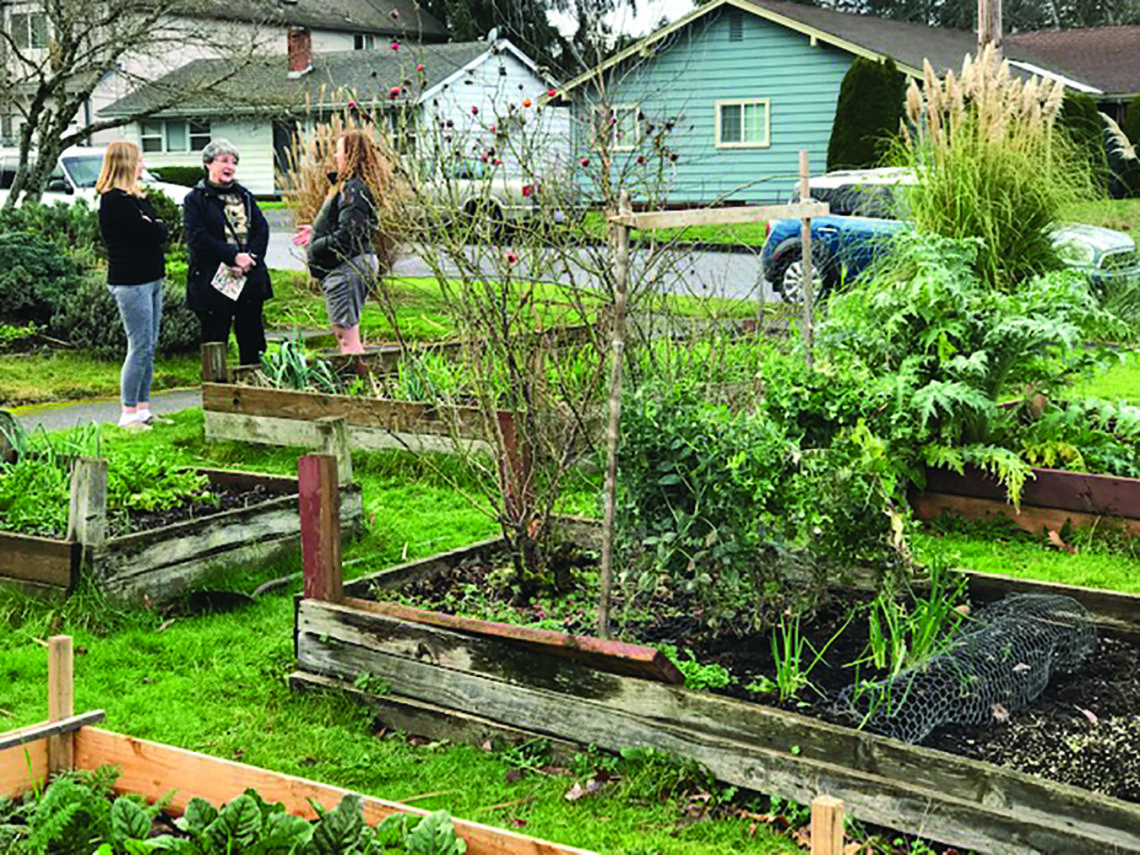Your Guide to Self-Sufficient Living in the Heart of the City BY KELLY COYNE & ERIK KNUTZEN This celebrated, essential handbook shows how to grow and preserve your own food, clean your house without toxins, raise chickens, gain energy independence, and more. Step-by-step projects, tips, and anecdotes will help get you started homesteading immediately. The Urban Homestead is also a guidebook to the larger movement and will point you to the best books and Internet resources on self-sufficiency topics. Written by city dwellers for city dwellers, this copiously illustrated, two-color instruction book proposes a paradigm shift that will improve our lives, our community, and our planet. By growing our own food…
-
-
How I Upgraded My Electric Mower
My introduction to cordless mowing was a Black and Decker “ factory reconditioned” CMM 1000, which I babied well past its expected lifetime. I had promised myself that if I could get it through until the end of its last summer, the long winter would give me plenty of time to research a replacement. A very helpful article in Green Living Journal (*) came just in time to greatly aid me in my search. I know that lawns and mowing are not appropriate in many places. Here, where we live in a pine forest, we keep a circle of mowed lawn around our modest home as a fire-break. We also…
-
Western JUNIPER: Wood that Checks all the Boxes
100 years ago, walking across the expanse of Eastern Oregon would have revealed sprawls of sagebrush and native grass, pockmarked with the occasional juniper tree. Fast forward to today, and those picturesque western landscapes have become overgrown with juniper trees. Due largely to modern day fire suppression, junipers, a “native invasive,” have expanded from one million acres at the turn of the 20th century to a staggering 10 million acres today. Junipers are a thirsty tree, drinking up to 35 gallons of water per day in a high desert ecosystem that is already plagued by drought. As the trees expand, they push out sagebrush and grass, which affects vulnerable species…
-
TOP TEN Clean Energy Developments of 2018
2018 showed that clean energy is becoming more and more the norm. And we’re not just talking about Bradley Cooper standing in front of a field of wind turbines in the hit movie, A Star is Born. In spite of the lack of action from the US federal government, the world is moving forward on clean energy. From India to the Caribbean to businesses and cities in the United States, 2018 was a great year for energy efficiency, electric vehicles, solar and wind energy, and more. Here we list our top ten clean energy developments of the year. 1. Carbon-Free Electricity is All the Rage Xcel Energy committed to supplying…
-
Worms:
A Solution for Improving Garden Soil & Saving the Planet Are you seeking a way to keep your garden plants healthy without harming the environment? Conventional fertilizers aren’t going to cut it, as they pollute the planet and don’t provide long-term benefits. A better option is to create fertilizer at home with worms by setting up a personal vermicompost that turns your wasted food scraps in plant energy. Why is homemade worm compost so beneficial? It adds essential nutrients back into the soil, plus worms have the potential to make it easier to reduce your household trash. And, as you’ll learn next, that’s no small matter. Compost: Reducing Waste One…
-
Unsavory Truth
How the Food Companies Skew the Science of What We Eat. BY MARION NESTLE REVIEWED BY KEN CONDLIFF If you are interested in learning more about our commercial food chain, the Unsavory Truth will be of interest to you. If you want to know more about who is attempting to influence the commercial food chain, this book is a must-read. Too many consumers take for granted that food just appears on a store shelf, has some claims on the front of the packaging (natural, healthy, simple, etc.), and so appears to be healthy – but don’t really understand the backstory behind the product claims. In the book, Marion Nestle has…
-
Top 5 Organic Gardening Tips
THE ORGANIC CENTER 1. Choose organic seeds Organic seeds are harvested from certified organic crops and therefore are not treated with fungicides like most conventional seeds. Without the application of synthetic pesticides and fertilizers, organic plants rely more on their own defense systems when battling pests and diseases and grow deep roots to extract nutrients from the soil. Plants grown from organic seed are typically stronger and more adapted to thrive and grow under organic gardening practices. 2. Fertilize your soil by using organic compost and manure Common non-organic garden fertilizers, found at your local garden and home store, may contain ammonium phosphate and other synthetic chemicals. These synthetic fertilizers…
-
The Delightful Flexibility of Container Gardening
Container gardening offers a remarkable degree of flexibility and mobility, making it an ideal gardening option for renters and individuals who frequently move. With container gardening, you can create a beautiful garden that can be relocated and taken with you wherever you go.
-
The JUNK FOOD Effect
A new and important strain of research on CO2 and plant nutrition is now coming out of the U.S. Department of Agriculture.
-
Urban Homesteading for Renters
From the Landlord BY KIT It started eight years ago when one of my tenants asked if he could build two raised beds in the yard of the four-plex my husband and I own in North Portland. Being a gardener myself, I was thrilled about the request. I only asked that he garden organically, which he supported. From there, another tenant built more raised beds, and the next tenant constructed even more. We now have twenty garden beds of veggies with three of the four residents growing their own food. My husband and I moved into one of the units last March and after my first summer living on this…

